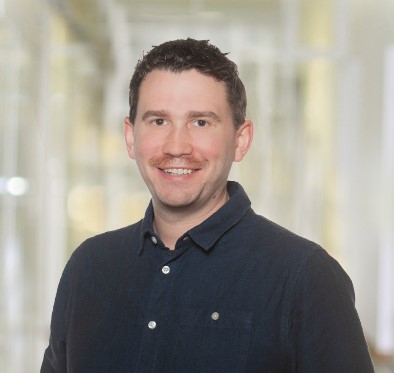Blog entry written on: Randomized trials on non-pharmaceutical interventions for COVID-19: a scoping review, (bmjebm-2021-111825)
Authors: Julian Hirt, Perrine Janiaud, Lars G. Hemkens
Drastic measures such as quarantine, school and workplace closures, curfews, travel restrictions, and mandatory diagnostic testing interventions have been taken worldwide to prevent the spread of COVID-19. Some of these measures, so-called non-pharmaceutical interventions (NPI) are still ongoing and impacting millions of people around the globe. A review conducted by our team of the first 100-days COVID-19 clinical research agenda highlighted the lack of assessments of NPI in trials. Since then, there have been multiple calls for more research on their comparative effectiveness.
Arguing that mapping the trial landscape helps to identify what evaluations on which NPIs are (not) being conducted and helps to guide policy strategies, we aimed at providing a systematic overview of the major characteristics and results of randomized assessments of NPIs to prevent COVID-19. As of August 2021, we identified 41 randomized trials assessing NPIs. As of November 2021, only 12 of them were completed including 9 with published results. The trials assessed very diverse NPIs, mostly protective equipment, COVID-19-related information and education programs, access to mass events under specific safety measures, testing and screening strategies, and hygiene management.
So far, the worldwide clinical research agenda failed to provide urgently needed evidence determining best strategies to prevent COVID-19 in schools, workplaces, nursing homes and other settings substantially affected. Many argue that such randomized trials are difficult to conduct. It is certainly a challenge; one being the need for large sample sizes to detect an effect of public health measures in populations with low event rates. For example, it was shown that about 1,000 schools in Norway – nearly all – would have been needed to participate in a trial assessing school closures to demonstrate a meaningful risk reduction in a situation with low incidences. However, this number is put into perspective when considering that single countries in Europe count more than 80,000 primary schools and that more than 1.5 billion students were deprived of schooling worldwide in the early days of the pandemic.
We shed light on efforts to streamline the randomized assessment of interventions which often use innovative designs such as the recently initiated, fully remote and virtual GLASSY trial (protocol). This highly pragmatic web-based trial is assessing the effectiveness of wearing glasses in public spaces without any personal interaction between investigators and participants. This trial, which has been setup in very short time and randomized in few days more than 2,000 persons, is clearly demonstrating the feasibility and potential of such approaches.
We decided to continue our tracking of randomized assessments of NPIs and provide all information on their key design characteristics and their status, freely accessible via covid-evidence.org. Methods are published on the Open Science Framework.
As of February 22, 2022, there are 57 trials with 11 of them published. Only 11 published trials for interventions impacting millions of people. We hope that massive efforts are being made to establish an urgently needed long-term research agenda globally and specifically focusing on behavioral, environmental, social and systems level interventions (BESSI) to guide policies and practices in the current and inevitable future public health emergencies.
Funding
This study was part of the COVID-evidence project which is supported by the Swiss National Science Foundation. The funder had no role in the design and conduct of the study; collection, management, analysis, and interpretation of the data; preparation, review, or approval of the manuscript; and decision to submit the manuscript for publication.
Authors
Julian Hirt
Department of Clinical Research, University Hospital Basel, University of Basel, Basel,
Switzerland
International Graduate Academy, Institute for Health and Nursing Science, Medical Faculty, Martin Luther University Halle-Wittenberg, Halle (Saale), Germany
Orcid: 0000-0001-6589-3936
Conflicts of interest: Nothing to declare.
Perrine Janiaud
Department of Clinical Research, University Hospital Basel, University of Basel, Basel,
Switzerland
Orcid: 0000-0001-7684-8014
Conflicts of interest: Nothing to declare.
Lars G. Hemkens
Department of Clinical Research, University Hospital Basel, University of Basel, Basel,
Switzerland
Meta-Research Innovation Center at Stanford (METRICS), Stanford University, Stanford, CA, USA,
Meta-Research Innovation Center Berlin (METRIC-B), Berlin Institute of Health, Berlin, Germany
Orcid: 0000-0002-3444-1432
Conflicts of interest: Nothing to declare.
DISCLAIMER
The views and opinions expressed on this site are solely those of the original authors. They do not necessarily represent the views of the BMJ and should not be used to replace medical advice. All information on this blog is for general information, is not peer-reviewed, requires checking with original sources and should not be used to make any decisions about healthcare. No responsibility for its accuracy and correctness is assumed by us, and we disclaim all liability and responsibility arising from any reliance placed on such commentary or content by any user or visitor to the Website, or by anyone who may be informed of any of its content. Any reliance you place on the material posted on this site is therefore strictly at your own risk.



